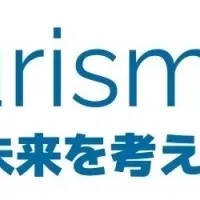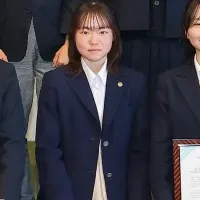
Revolutionizing Quantum Computing: MicroCloud's DAQC Launches New Era
MicroCloud Hologram Inc. Introduces Groundbreaking Quantum Computing
On January 6, 2025, MicroCloud Hologram Inc. (NASDAQ: HOLO) announced a significant advancement in computational technology with the introduction of its innovative Digital Analog Quantum Computing (DAQC) paradigm. This paradigm represents an intelligent amalgamation of the flexibility of digital quantum computing and the robustness of simulated quantum simulations, guiding the future development of quantum computing.
In this new paradigm, MicroCloud is dedicated to exploring efficient digital simulated quantum algorithms, particularly focusing on the Quantum Fourier Transform (QFT). The QFT is a vital subroutine widely utilized in various quantum algorithms, and enhancing its computational efficiency and accuracy is paramount to advancing the overall quantum algorithm framework.
Research Breakthroughs
MicroCloud's research indicates that the fidelity of the Quantum Fourier Transform drastically improves as the number of quantum bits, or qubits, involved increases. This pivotal discovery stems from the extensive research undertaken by MicroCloud into algorithm development and the effective application of the DAQC paradigm. By grounding their studies in reasonable noise model assumptions, the company has unveiled potential pathways to significantly amplify the QFT's performance.
Specifically, MicroCloud employed the homogeneous all-to-all (ATA) two-body Ising model as the core resource for implementing DAQC. It further evolved this model into a non-homogeneous form, providing a solid theoretical framework essential for the efficient execution of their algorithm. Through numerical simulation experiments involving quantum devices with 3, 5, 6, and 7 qubits, MicroCloud conducted comprehensive studies while factoring in realistic noise models for interactions, ensuring that their experimental environment closely mirrors actual quantum computing scenarios.
Comparative Analysis
The results of these tests were compelling; the quality of transformations achieved through DAQC was evidently superior when compared to those resultant from pure digital implementations. As the number of qubits utilized increased, the fidelity between ideal transformations and those achievable by DAQC markedly improved, thereby setting a new benchmark in quantum fidelity standards.
One remarkable attribute of DAQC is its capability to counteract errors commonly introduced through two-qubit gate entanglements. While the digital simulated quantum computing paradigm acknowledges certain sources of noise, it effectively minimizes these errors, showcasing its potential to overcome existing technological challenges, particularly within the Noise Intermediate-Scale Quantum (NISQ) era. This hybrid approach signifies a progressive step towards achieving
Topics Other)










【About Using Articles】
You can freely use the title and article content by linking to the page where the article is posted.
※ Images cannot be used.
【About Links】
Links are free to use.